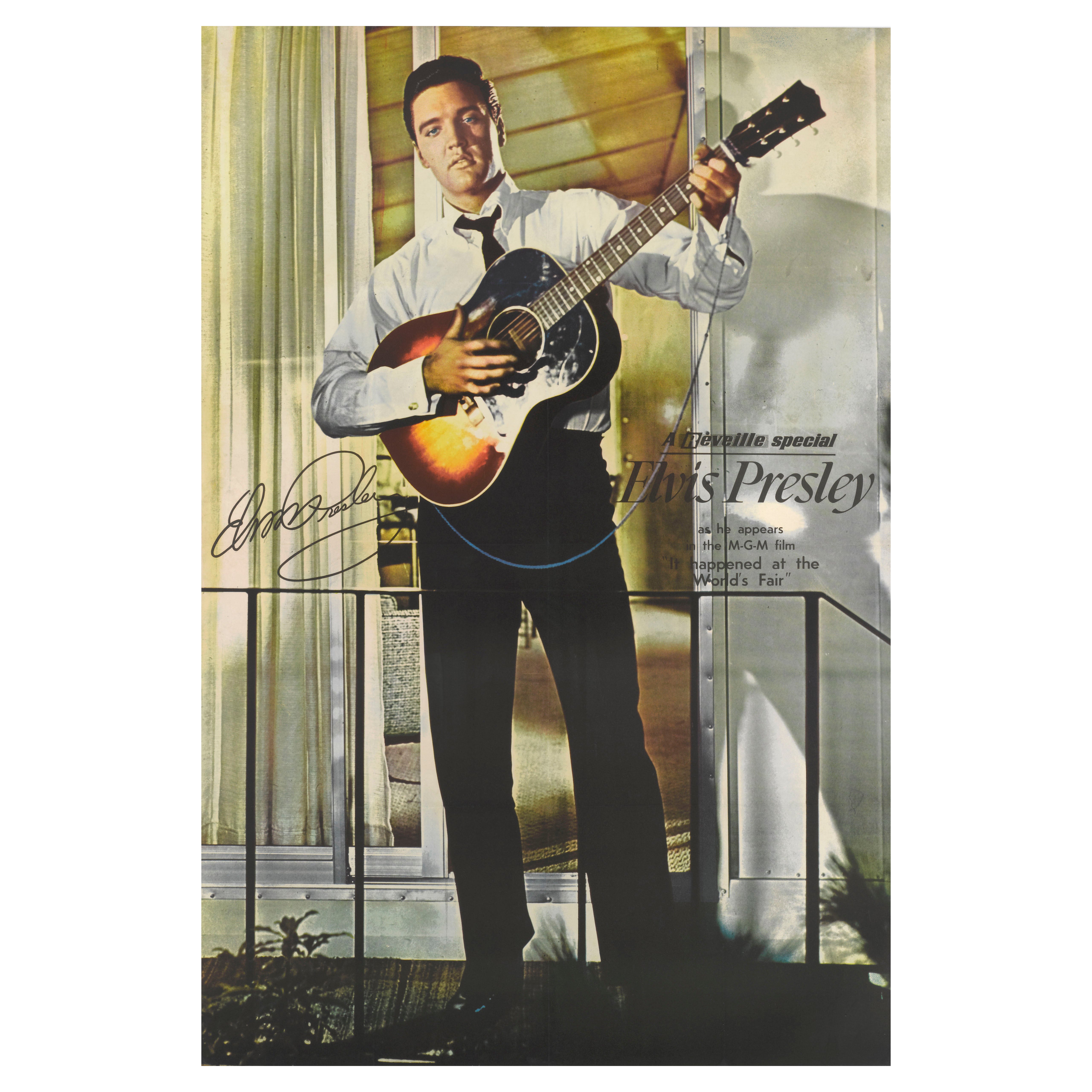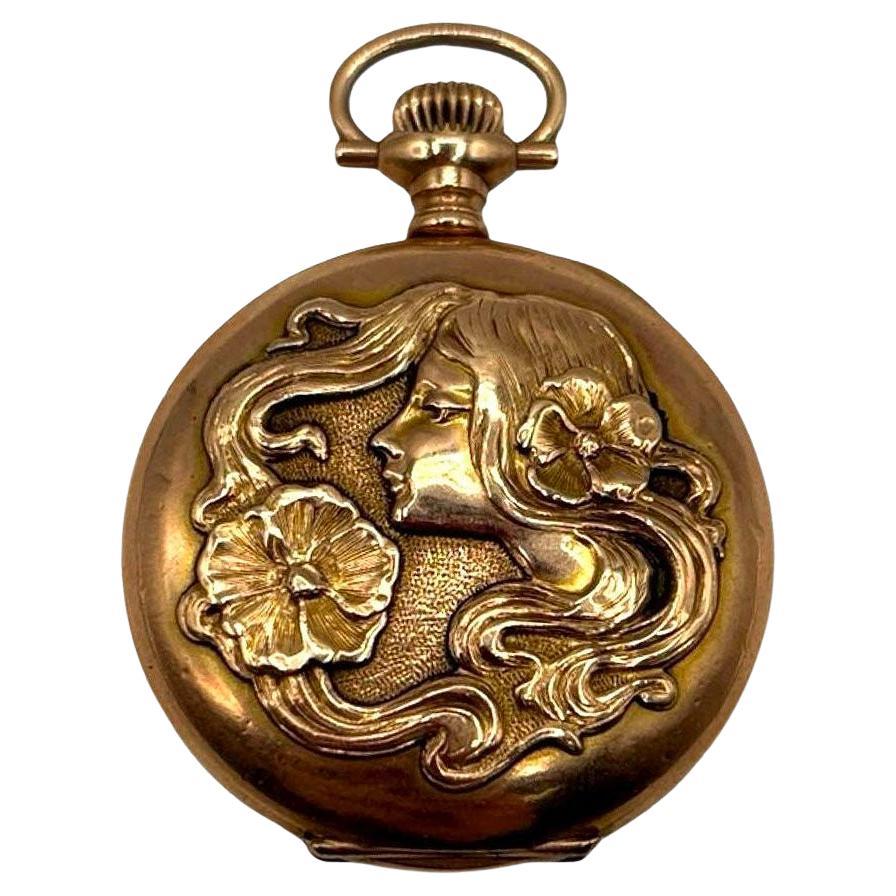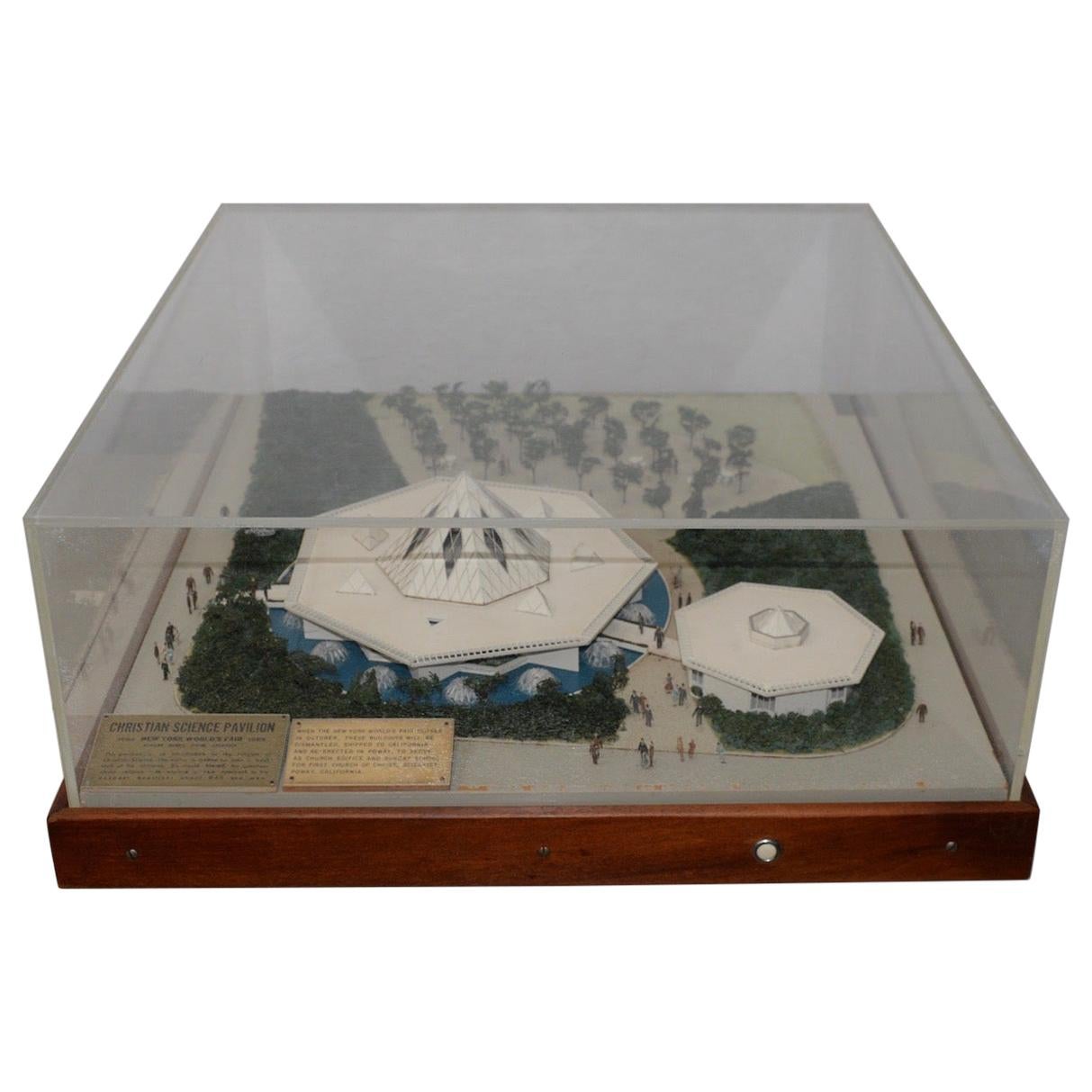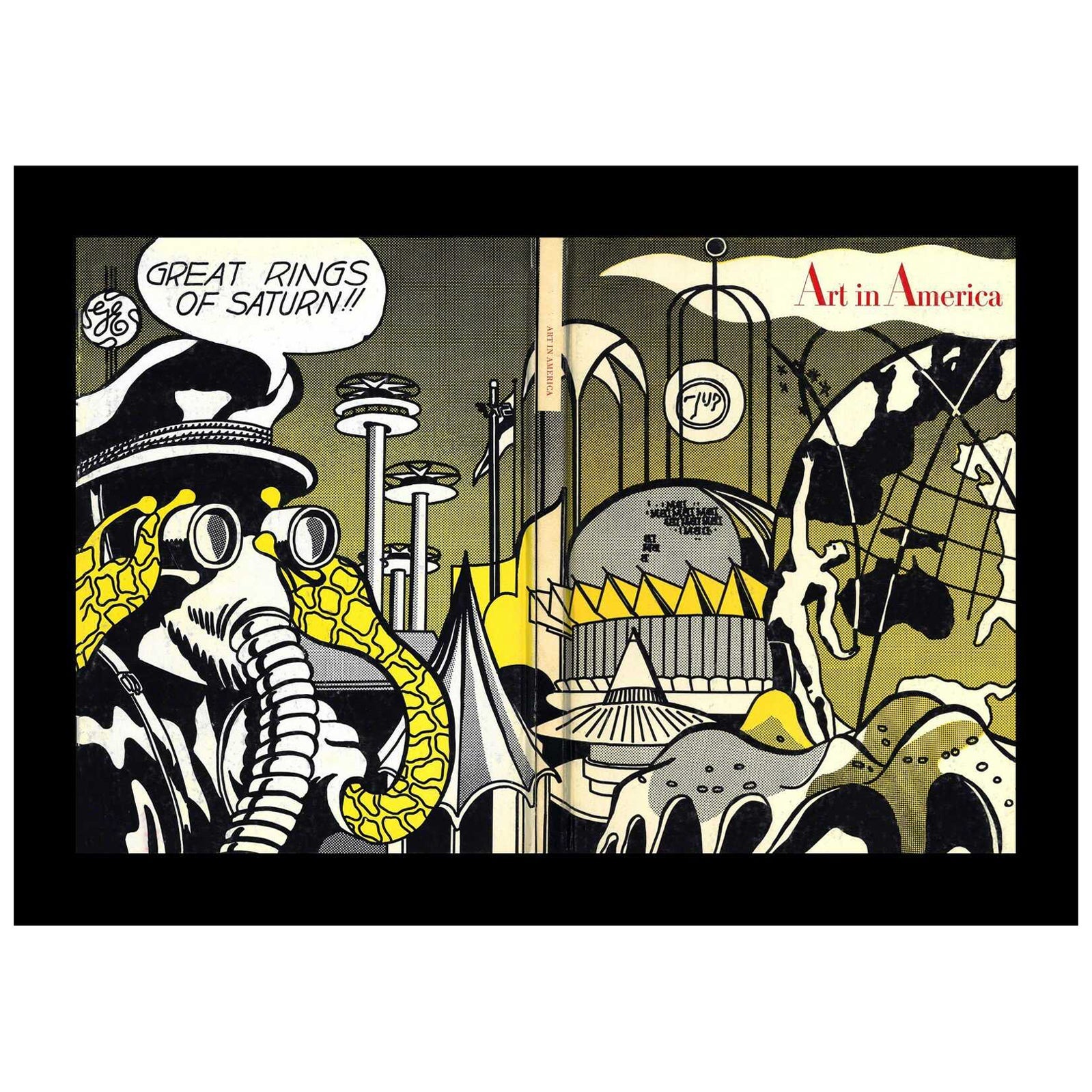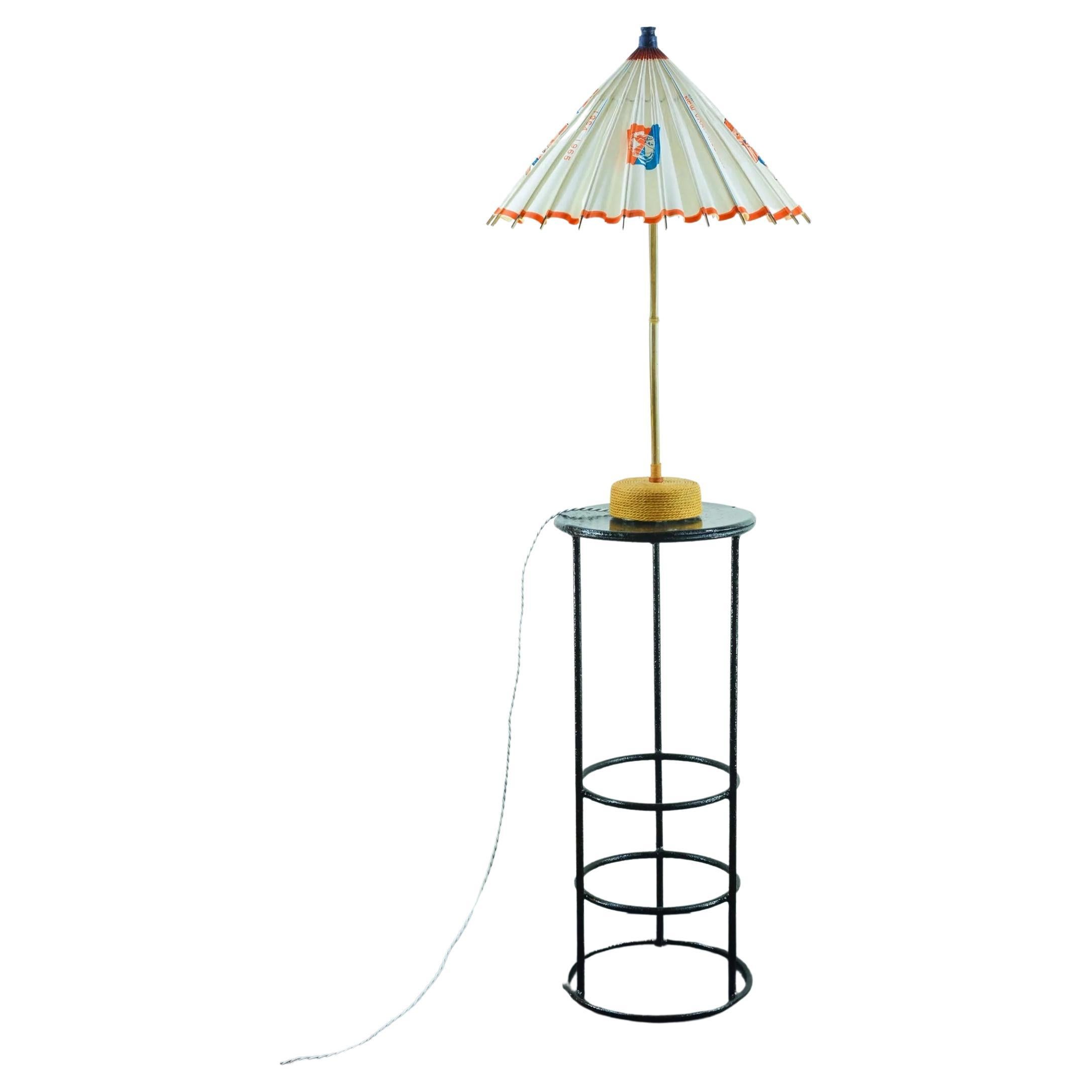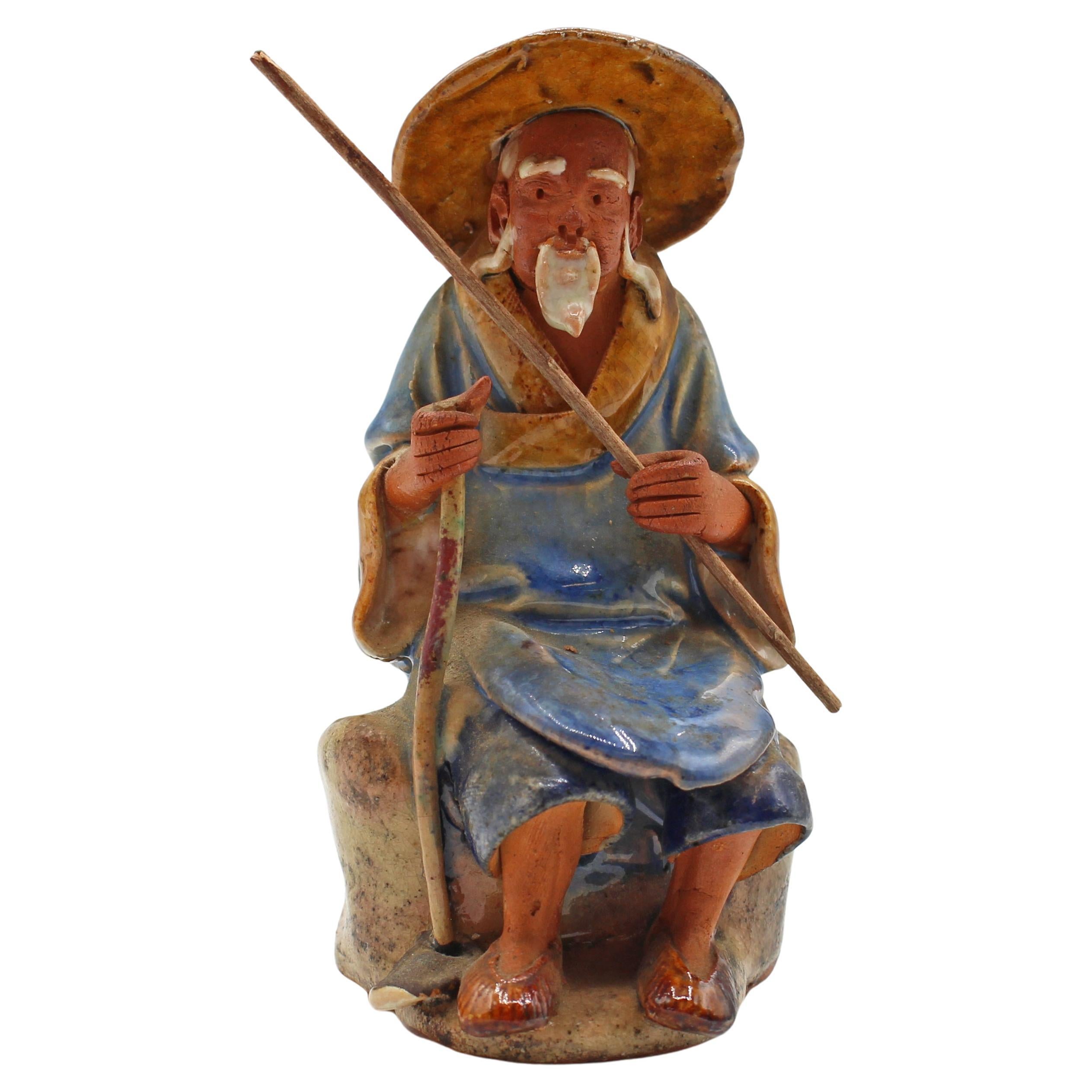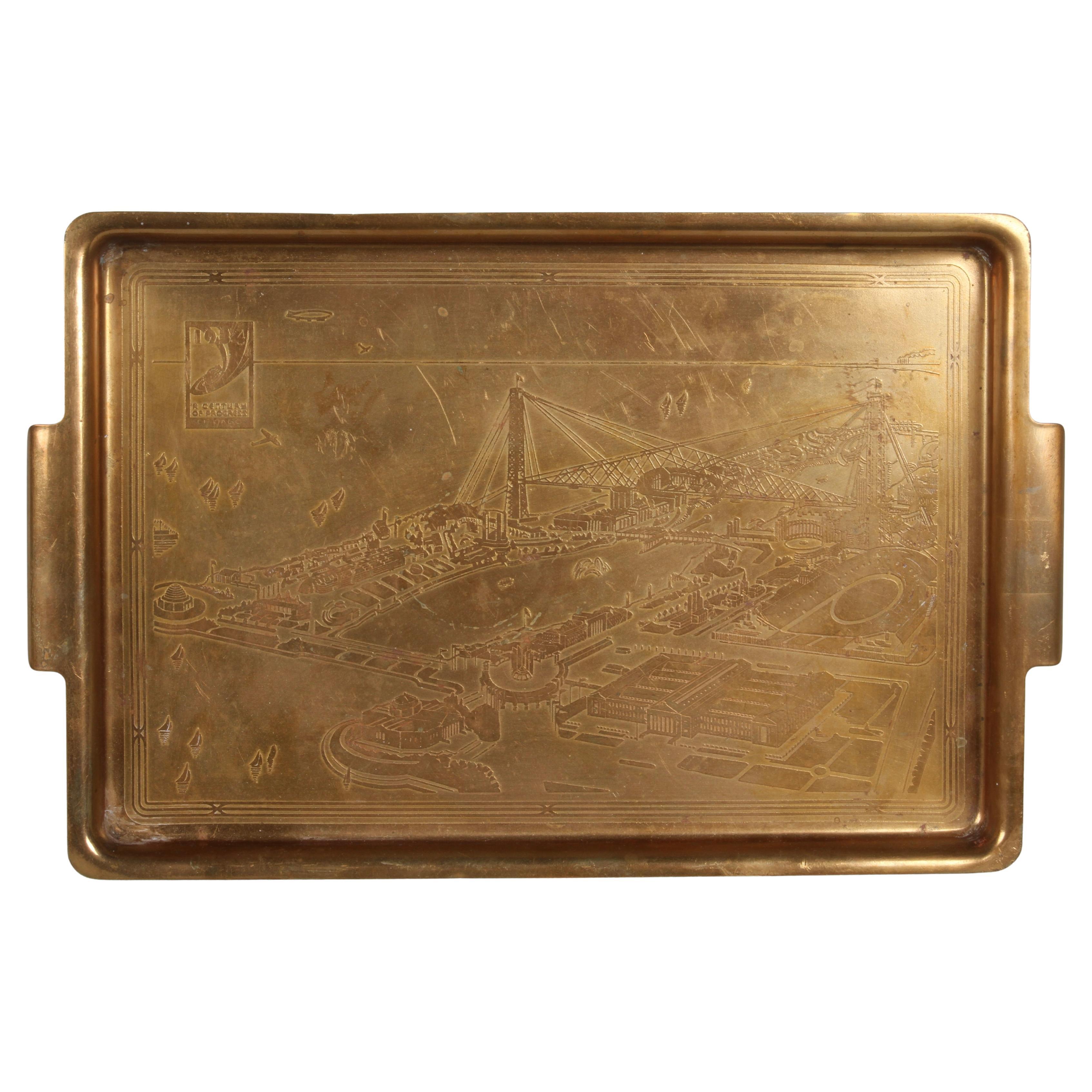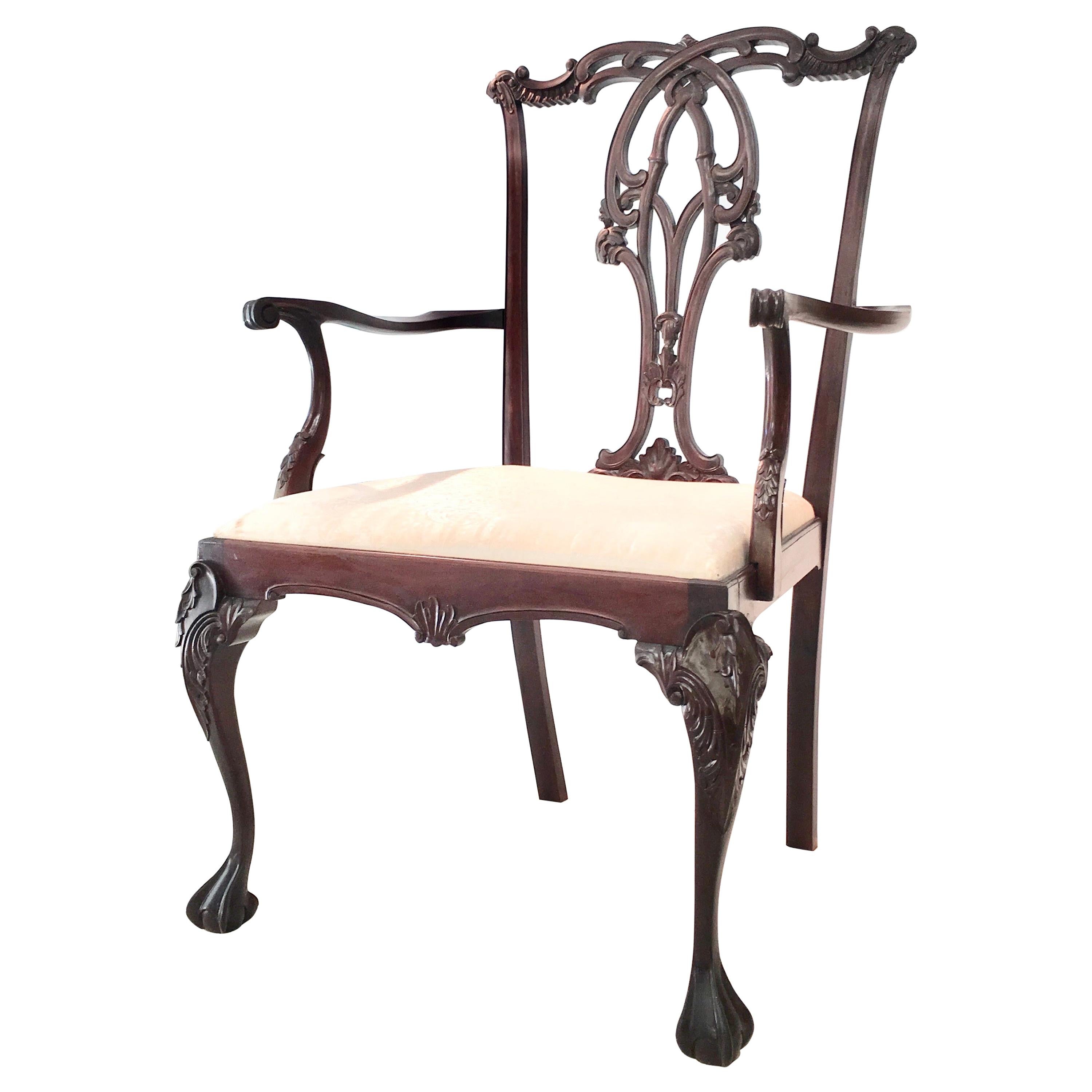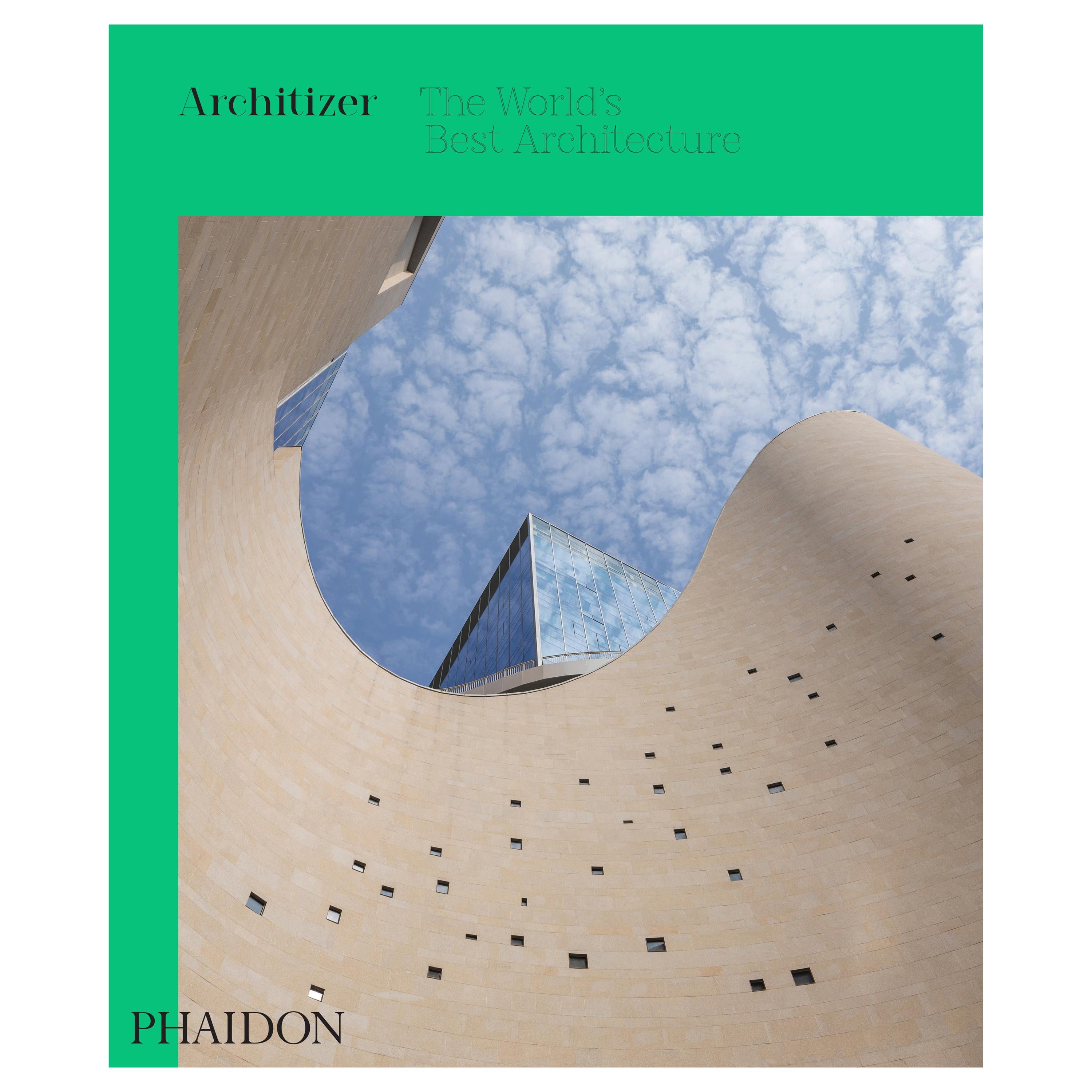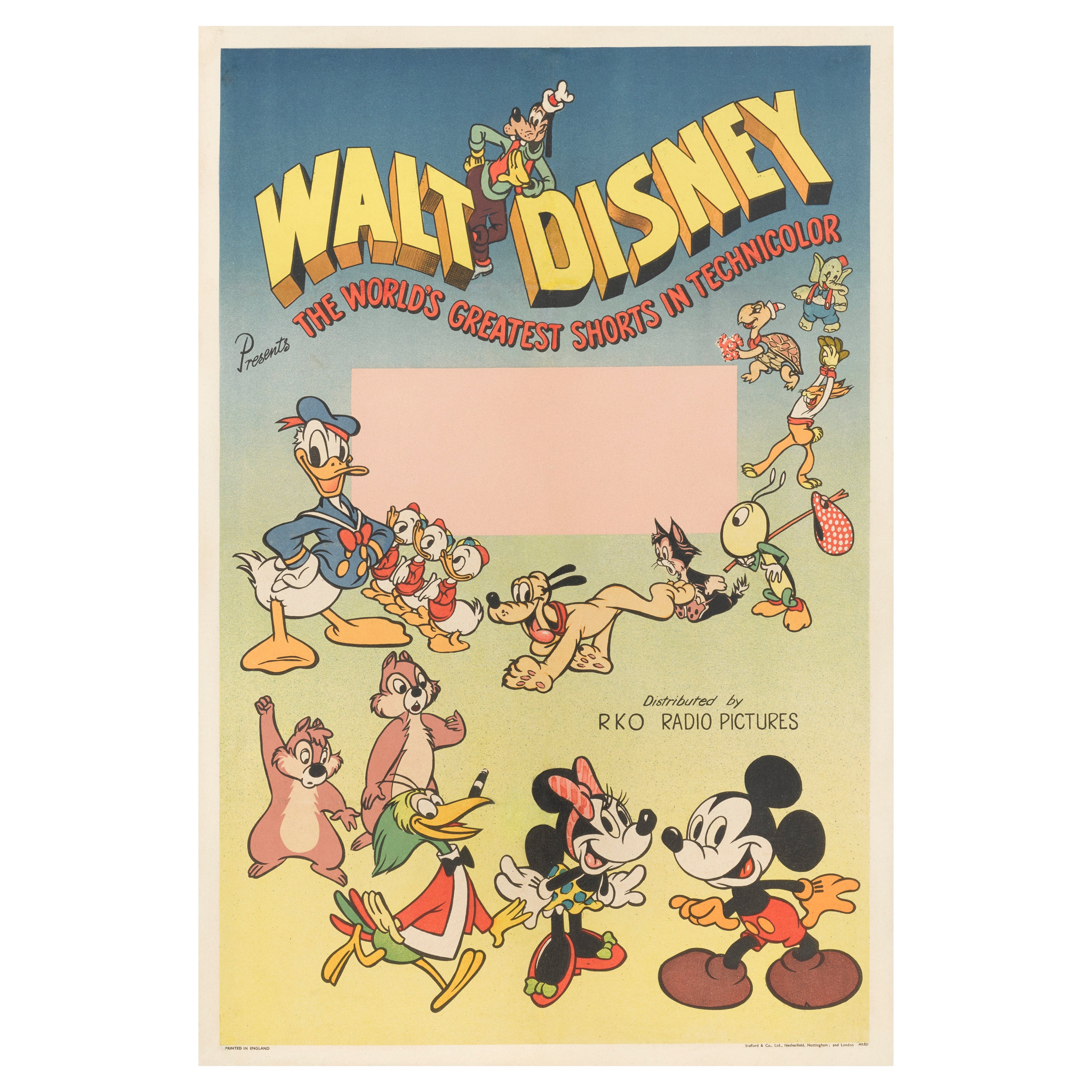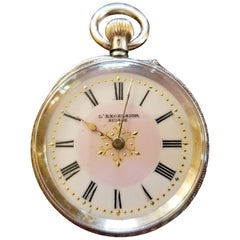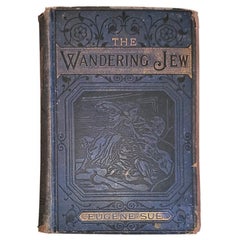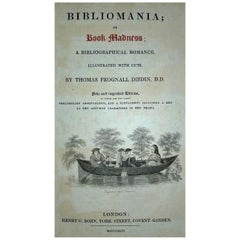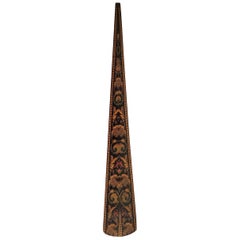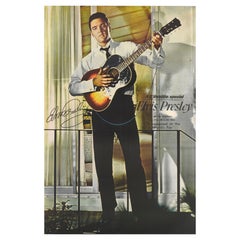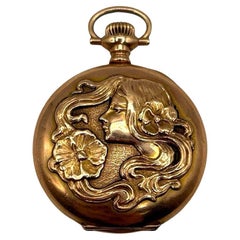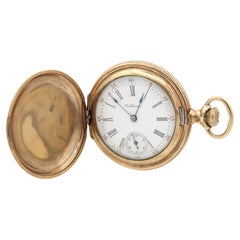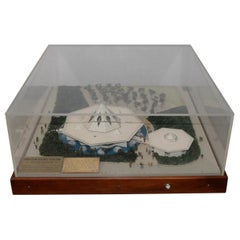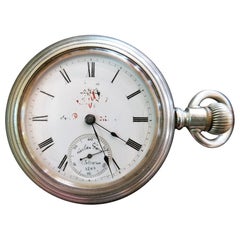
1893 Chicago World’s Fair Waltham Pocket Watch
View Similar Items
Want more images or videos?
Request additional images or videos from the seller
1 of 20
1893 Chicago World’s Fair Waltham Pocket Watch
Price:$255
$300List Price
About the Item
- Creator:Waltham Watch Co (Clockmaker)
- Dimensions:Height: 3.5 in (8.89 cm)Width: 2.25 in (5.72 cm)Depth: 0.75 in (1.91 cm)
- Style:Late Victorian (Of the Period)
- Materials and Techniques:
- Place of Origin:
- Period:
- Date of Manufacture:1893
- Condition:Wear consistent with age and use. Minor losses. Minor fading. In silveroid case which is of the same date or time period. It was not that unusual for Waltham Watches to be sold with these cases. Some 'rubbing'on the face dial.
- Seller Location:Dallas, TX
- Reference Number:1stDibs: LU3978115329632
About the Seller
4.9
Vetted Professional Seller
Every seller passes strict standards for authenticity and reliability
Established in 2015
1stDibs seller since 2018
390 sales on 1stDibs
Authenticity Guarantee
In the unlikely event there’s an issue with an item’s authenticity, contact us within 1 year for a full refund. DetailsMoney-Back Guarantee
If your item is not as described, is damaged in transit, or does not arrive, contact us within 7 days for a full refund. Details24-Hour Cancellation
You have a 24-hour grace period in which to reconsider your purchase, with no questions asked.Vetted Professional Sellers
Our world-class sellers must adhere to strict standards for service and quality, maintaining the integrity of our listings.Price-Match Guarantee
If you find that a seller listed the same item for a lower price elsewhere, we’ll match it.Trusted Global Delivery
Our best-in-class carrier network provides specialized shipping options worldwide, including custom delivery.More From This Seller
View All19th Century Swiss Ladies L Excelsior Silver Pocket Watch
Located in Dallas, TX
Gorgeous little solid silver Swiss ladies pocket watch from 1880.
L'Excelsior Suisse
White and pink enameled face with gorgeous silver repousse work on rear with unmarked armor...
Category
Antique Late 19th Century Swiss Late Victorian More Clocks
Materials
Silver
The Wandering Jew by Eugene Sue Complete Edition with Illustrations
Located in Dallas, TX
Presenting a rare first edition hardback copy of The Wandering Jew by Eugene Sue, Complete Edition IN ONE VOLUME with Illustrations by GAVARNI and GIRARDET, published by George Routl...
Category
Antique Late 19th Century English Late Victorian Books
Materials
Paper
'Bibliomania or Book Madness' by Thomas Frognall Dibdin, 1842
Located in Dallas, TX
PRESENTING AN EXTREMELY RARE EDITION hardback copy of ‘Bibliomania or Book Madness; A Bibliographical Romance. Illustrated with Cuts’, by Thomas Frognall Dibdin, D.D. New and Improve...
Category
Antique Mid-19th Century English Early Victorian Books
Materials
Paper
Rare 19th Century English Tunbridgeware Hair Pin or Slide
Located in Dallas, TX
PRESENTING an EXTREMELY UNIQUE and RARE 19C British Tunbridgeware Hair Pin/Bobbin or Slide.
This slide is unlike any of it’s kind we have seen before, it is a VERY RARE survivor.
From circa 1860 – 80 and made in Tunbridge Wells, England.
Made of walnut with gorgeous marquetry inlay on the entirety of the front with classic Tunbridgeware micro-mosaic all over the front. The rear is walnut.
The marquetry inlay appears to be various different woods, namely, maple, walnut and satinwood.
Would have been worn in a Lady’s hair bun with the micro-mosaic facing forward.
This would have belonged to a VERY ELEGANT LADY in the mid to late 19th Century.
Tunbridge ware is a form of decoratively inlaid woodwork, typically in the form of boxes, that is characteristic of Tonbridge and the spa town of Royal Tunbridge Wells in Kent in the 18th and 19th centuries. The decoration typically consists of a mosaic of many very small pieces of different coloured woods that form a pictorial vignette. Shaped rods and slivers of wood were first carefully glued together, then cut into many thin slices of identical pictorial veneer with a fine saw. Elaborately striped and feathered bandings for framing were pre-formed in a similar fashion.
There is a collection of Tunbridge ware in the Tunbridge Wells Museum and Art Gallery in Tunbridge Wells.
The famous makers of Tunbridge ware were in the Tunbridge Wells area of Kent; their most notable work was from circa 1830-1900.
Early makers of Tunbridge ware, in Tunbridge Wells in the mid-18th century, were the Burrows family, and Fenner and Co. In the 19th century, around 1830, James Burrows invented a technique of creating mosaics from wooden tesserae. Henry Hollamby, apprenticed to the Burrows family, set up on his own in 1842 and became an important manufacturer of Tunbridge ware, employing about 40 people.
Edmund Nye (1797–1863) and his father took over the Fenner company when William Fenner retired in 1840, after 30 years in partnership with him. Thomas Barton (1819–1903), previously apprenticed at the Wise factory, joined the Nyes in 1836, and worked as Nye’s designer; he took over the business in 1863 and continued there until his death.
In Tonbridge (near to Tunbridge Wells), George Wise (1703–1779) is known to have had a business in 1746. It continued with his son Thomas, and Thomas’s nephew George (1779–1869), who took over in 1806. In its early years the company made articles such as workboxes and tea caddies with prints of popular views; later items had pictures created from mosaics. Their workshop in Tonbridge, Wise’s Tunbridge Ware Manufactory, was next to the Big Bridge over the Medway; the building was demolished in 1886 to widen the approach to the bridge.
Tunbridge ware became popular with visitors to the spa town of Tunbridge Wells, who bought them as souvenirs and gifts. Articles included cribbage boards, paperweights, writing slopes, snuffboxes and glove boxes.
At the Great Exhibition of 1851, Tunbridge ware by Edmund Nye, Robert Russell and Henry Hollamby was shown; Edmund Nye received a commendation from the judges for his work. He exhibited a table depicting a mosaic of a ship at sea; 110,800 tesserae were used in making the picture.
The manufacturers of Tunbridge ware were cottage industries, and they were no more than nine in Tunbridge Wells and one in Tonbridge. The number declined in the 1880s; competent craftsmen were hard to find, and public tastes changed. After the death of Thomas Barton in 1903 the only surviving firm was Boyce, Brown and Kemp, which closed in 1927.
Marquetry was an old technique which was continued by Nye and Barton to create images such as birds or butterflies.
‘Green Oak’ as caused by the fungus Chlorociboria aeruginascens.
Stickware and half-square mosaic was invented by James Burrows in about 1830: a bunch of wooden sticks of different colours, each having triangular or diamond-shaped cross section, were tightly glued together; in the case of stickware, the resulting block was dried, then turned to form an article such as the base of a pincushion. For half-square mosaic, thin slices were taken from the composite block, and applied to a surface.
Tesselated mosaic, was a development by James Burrows of half-square mosaic; it was adopted by George Wise and Edmund Nye. Minute tesserae were used to form a wide variety of geometric and pictorial designs.
Many sorts of wood were used for the various colours; about 40 were in regular use. Only natural colors were used; green was provided by “green oak”, produced by the action of fungus on fallen oak. Designs for articles were often taken from designs of Berlin wool work.
Category
Antique Late 19th Century English High Victorian Collectible Jewelry
Materials
Satinwood, Walnut
1st US Edition of ‘Enquiry Concerning Political Justice’ by W Godwin 1796
Located in Dallas, TX
PRESENTING AN EXTREMELY RARE FIRST US EDITION hardback copy of “Enquiry Concerning Political Justice and Its Influence on Morals and Happiness by William Godwin, First American from ...
Category
Antique Late 18th Century American George III Books
Materials
Leather, Paper
Original J Mack Moore Photo of Virginia Memorial in Vicksburg, MISS
Located in Dallas, TX
PRESENTING A VERY RARE and Original J Mack Moore Photo of Virginia Memorial in Vicksburg, MISS and probably taken circa 1907/08, after it’s dedication.
Paper photograph mounted on board, on it’s original matting.
Taken by famous photographer John Mack Moore of Vicksburg and signed by him in red ink on bottom left “J Mack Moore’ and “Vicksburg, Miss” on the bottom right (also in red ink).
Hand-noted in black ink on rear as “Virginia Tablet, Vicksburg National Military Park” and also signed again by J. Mack Moore in red ink on left center on the rear and “Vicksburg, Miss” on the right center (also in red ink).
Newly framed and matted and under glass.
Original photos by J. Mack Moore are ‘highly’ sought after and have performed very well at auction.
John Mack Moore, born in 1869, was the son of prominent residents of antebellum Vicksburg. He was only a toddler when the famous 1870 race between the Robt. E. Lee and Natchez had his hometown in a state of excitement as the big sidewheelers passed upriver en route from New Orleans to St. Louis. As a young man, he became an avid and skilled photographer, spending much time at the wharf along the Mississippi and Yazoo, recording on glass plate negatives the daily activity of the busy river landing.
Conversations with masters, mates, mud clerks and roustabouts were his daily fare. Moore learned photography from an elderly master of albumen, wet plates and homemade printing papers. He had a disdain for newfangled gadgetry and held fast to utilizing the old methods of previous decades in the making of photographs, with sparkling results.
J. Mack Moore was considered the dean of photographers as well as a colorful character around Vicksburg. In later years, owing to his white hair and moustache, he was said by many to bear a close resemblance to Mark Twain.
Moore’s Clay Street home, where he also operated his photographic studio, was built from the top down, a most amazing feat accomplished by a unique individual. Originally it was a rambling residence in a Southern, park-like setting. However, when paved streets eventually came to the city, the house was left at the base of an embankment, the large oak trees removed to make way for an unsightly culvert. Singlehandedly, Moore raised the house to street level. As the edifice gradually rose, Moore fashioned lower floors, accomplishing the feat with heavy timbers and screw jacks...
Category
Early 20th Century American American Craftsman Historical Memorabilia
Materials
Paper
You May Also Like
It Happened at the World's Fair
Located in London, GB
Original US film poster for the 1963 musical comedy film It Happened at the World's Fair.
This film starred Ellen Elvis Presley and was directed by Norman Taurog.
This poster is cons...
Category
Vintage 1960s American Posters
Materials
Paper
1903 Art Nouveau Portrait Repousse Gold Filled Pocket watch by Waltham
By Waltham Watch Co
Located in Van Nuys, CA
Original turn-of-the-century Art Nouveau portrait pocket Gold-filled watch by Waltham featuring a portrait of a female nymph with flowing locks of hair over flowers with matching flo...
Category
Antique Early 1900s American Collectible Jewelry
Materials
Gold, Steel
1891 Waltham Ladies Hunting Case Pocket Watch
By American Waltham Watch Co.
Located in Chapel Hill, NC
1891 Waltham Ladies Hunting Case Pocket Watch. 14k yellow gold filled. Case #6590704 by Keystone Watch Case Co. (also marked J. Boss 14k). Seaside movement #9344440 and marked Americ...
Category
Antique 1890s American Aesthetic Movement Collectible Jewelry
Materials
Gold
New York World's Fair "Christian Science Pavilion" Architects Model, circa 1965
Located in San Francisco, CA
New York World's Fair "Christian Science Pavilion" Architects Model, circa 1965
Measures: 27.5" wide x 29.5" deep x 12.5" high
Architects origi...
Category
Mid-20th Century American Historical Memorabilia
Materials
Wood
Roy Lichtenstein the World's Fair, 1964 (Roy Lichtenstein Art in America)
By Roy Lichtenstein
Located in Brooklyn, NY
Roy Lichtenstein designed the cover for this April 1964 issue of Art in America, depicting a “pop panorama” of the New York World’s Fair. A must have 60s Pop Art collectible.
Medium...
Category
Vintage 1960s Books
Materials
Paper
New York 'World's Fair' Bamboo Lamp with Parasol Shade by Christopher Tennant
By Tennant New York
Located in Brooklyn, NY
The World’s Fair Collection is a family of fixtures handmade from sustainably sourced materials and upcycled antique paper parasols given to visitors at ...
Category
2010s American Mid-Century Modern Table Lamps
Materials
Cement, Brass
Recently Viewed
View AllMore Ways To Browse
Silver Waltham Pocket Watch
Used Furniture Waltham
American Waltham Pocket Watch Silver
Keystone Watch
Keystone Watch Case
Waltham Pocket Watch Silver Antique
Army And Navy
Western Memorabilia
Wwii Antiques
John F Kennedy Furniture
Blown Glass Christmas
German Christmas Tree
Vintage Key Machine
Antique Metal Press
Thomas Jefferson
Antique German Christmas
Antique Radios
Hand Crank
